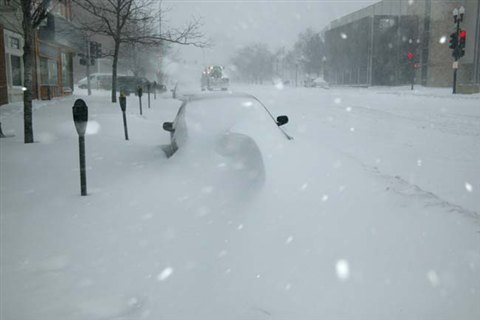On October 1, Associate Judge Katherine Gorman dismissed without prejudice the trespassing lawsuit brought against Second District Council Member Barbara Van Auken, District 4 County Board Representative Andrew Rand, and City Historic Preservation Commissioner Sid Ruckriegel by the Sigma Nu Fraternity and Caleb Matheny.
While the ruling allows 28 days for the complaint to be refiled, attorneys representing Sigma Nu and Matheny stated Monday that they will not pursue the matter further.
“We have consulted with our clients and they have elected to not amend the complaint within the 28 day period,” Attorney Jeffrey R. Hall stated. “Since the lawsuit was filed, they met with Bradley University officials and have become satisfied with the results of that meeting. While they filed a lawsuit to speak out against the unexplained behavior and trespass of private property on the part of Ms. Van Auken, Mr. Rand, and Mr. Ruckreigel, they feel satisfied with the dialogue that resulted with University and City officials.”
When asked for her reaction to the ruling, Van Auken said, “I think the actions here speak for themselves.” Rand and Ruckriegel could not be reached for comment.
The lawsuit stemmed from an incident that occurred in the early morning hours of September 20, 2008. Van Auken was attending a dinner party when she received a call from a constituent complaining about noise coming from the Sigma Nu Fraternity, 1300 W. Fredonia Ave. At about 12:30 a.m., Van Auken, Rand, and Ruckriegel walked over to the fraternity and confronted the students. Alleging that Van Auken was drunk and trespassing, fraternity members called the Peoria Police on her. Van Auken was not ticketed, but then-president of Sigma Nu, Caleb Matheny, was given a citation for violating the city’s noise ordinance. The citation was later dismissed.
In March 2009, a little more than five months after the incident, Sigma Nu and Matheny filed suit for trespassing, and alleged that Van Auken abused her power as a council member. The suit was filed during the heart of Van Auken’s reelection campaign to the City Council. Despite the negative publicity, including the release of an embarrassing video clip of the incident, Van Auken easily won reelection. Lawyers for Sigma Nu said at the time that the lawsuit was not political, and the delay in filing was due to the city being uncooperative in providing information requested through the Freedom of Information Act.
Circuit Judge Stephen Kouri recused himself from the case; no reason was given. The case was then assigned to Associate Judge Katherine Gorman. Gorman disclosed at a September 21 hearing that she had a connection to Rand. Court documents did not specify what that connection was, but Hall stated that, “based on what she [Gorman] related in court on the record, that her husband has served on a committee of some sort with Mr. Rand in the past.” Gorman’s husband is Dr. Jim Hubler, an emergency medicine physician at OSF St. Francis Medical Center. Rand is the Executive Director of Advanced Medical Transport, the city’s ambulance provider. The hearing was continued until October 1 to allow time for the plaintiffs to confer with their clients on the matter. It appears that the connection was a non-issue, as no objection was filed.
Hall believes the outcome was a positive one for his clients: “Even though the lawsuit was dismissed, we feel the process has benefited the Gentlemen of Sigma Nu, Caleb Matheny, and all Bradley students because they finally were allowed to have a voice. And, we can confidently say that Ms. Van Auken, Mr. Rand, & Mr. Ruckriegel will not set foot on Sigma Nu’s property without first obtaining permission from this point on.”

